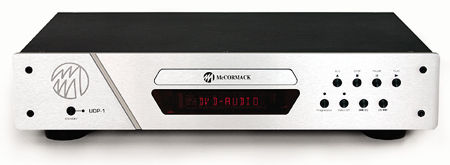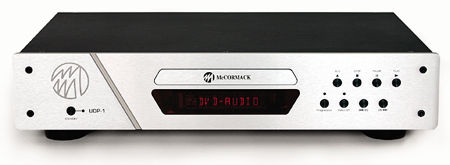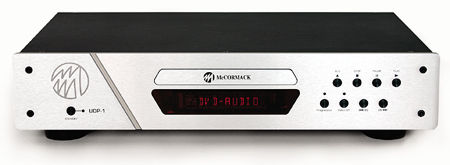Music Industry Rebounding?
Music Industry Rebounding?
- Read more about Music Industry Rebounding?
- Log in or register to post comments
Do you still listen to the radio? With regular FM stations coming in for heavy criticism and satellite, Web, and cable radio readily available, we're wondering how or if you generally listen to broadcast music.





